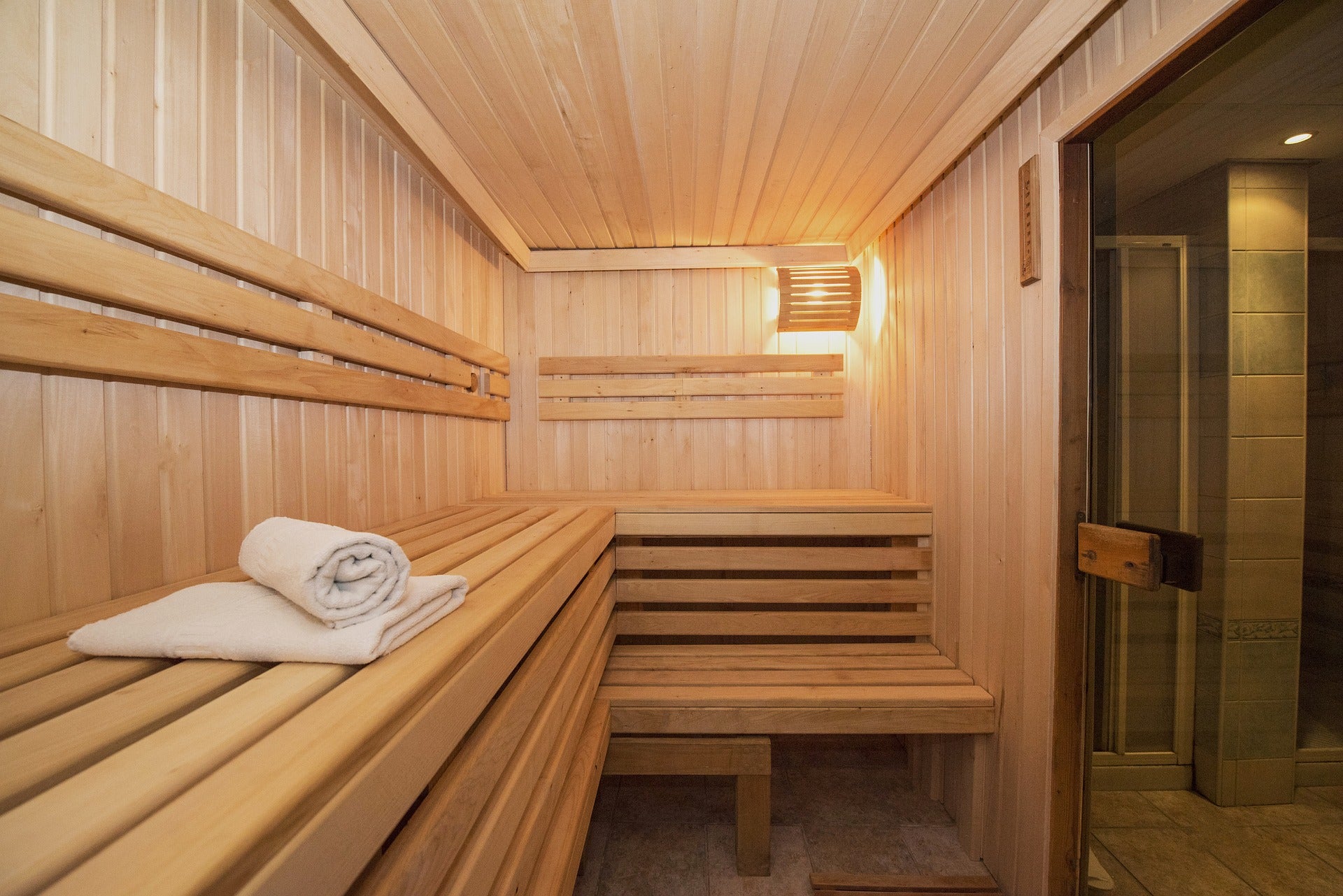Everything about Traditional Sauna
Everything about Traditional Sauna
Blog Article
The Ultimate Guide To Traditional Sauna
Table of ContentsTraditional Sauna Can Be Fun For AnyoneTraditional Sauna for BeginnersA Biased View of Traditional SaunaNot known Incorrect Statements About Traditional Sauna 9 Simple Techniques For Traditional Sauna
Most of the weight shed in a sauna is water loss and is re-gained upon rehydrating. Without a question sauna can be an important part of a healthy weight loss program. To check out the differences in between conventional and IR saunas, I will certainly divide these into proven, theoretical, and fabricated differences.Hence, the most popular point in the saunawhich is at the ceiling directly over the sauna heateris usually in between 185 and 190 F. Claims that a conventional sauna exceeds 200 F is just not true and not applicable for electrical saunas marketed in the US. The temperature for a far-infrared sauna is usually set in between 120 and 140 F; nevertheless, unlike the typical sauna, the objective in and IR area is not to attain a heat.
As a result of this, the temperature level difference is almost irrelevant, because excessive sweating causes both sauna types, yet the method of warming the body is different. In an IR sauna the bather will really feel warm and will certainly sweat a lot, but at a lot lower temperature levels (Traditional Sauna). Thus, if the objective is to invest longer time periods in the sauna, the IR sauna is a great option
When a typical sauna has been effectively warmed, the sauna walls are warm, the air temperature has accomplished established temperature level and the rocks are very heated. As an intriguing side note, the warmed wall surfaces and the rocks are producing far-infrared heat, integrated with the heated air, to produce an "enveloping warmth".
Our Traditional Sauna PDFs

When the heat is achieved, the elements cycle on and off to keep the high temperature. Most conventional sauna individuals enjoy putting water over the rocks to produce heavy steam to raise sauna humidity levels. The benefits of pouring water over the rocks consist of: making the space a lot more comfy, dampening the nasal passages, and permitting the usage of aromatherapy by blending important oils with the water.

When the power goes into the body, it creates the body temperature level to raise and eventually leads to sweat. In an infrared sauna it is essential for the emitters/heaters to remain on virtually continuously. Since there is no mass of rocks to maintain warm, the sauna will certainly cool down if the emitters shut off.
As pointed out over, the sauna bather in an infrared room wants to place himself before operating emitters to obtain optimal take advantage of the warmth. The home heating time for the 2 rooms can be extremely various, relying on how the areas are used. For a traditional sauna, a bather must enable 30-40 minutes for the space to attain a preferred temperature this level and to effectively pre-heat the rocks.
The Single Strategy To Use For Traditional Sauna
A well constructed sauna will usually achieve a temperature of 150-160 F in about 30-40 minutes. For hotter temperatures, the space may require to heat for a longer duration.

Typical saunas have a tendency to be bigger (thus utilize even more electrical power) than infrared saunas, although traditional saunas are definitely offered in one and 2 person dimensions. For a two-person traditional sauna, 5x6 or 5x7 dimension is most popular. The leading bench can conveniently seat two or 3 individuals and is additionally enough time to lie down throughout the sauna session.
The Buzz on Traditional Sauna
The typical price per kWH of electrical energy in the U.S. is roughly $0.11, so a 4.5 kW heating unit will set you back about $.50 to compete one hour, if the heating unit runs continually for one hour. Commonly a sauna heater will run for 75% of the very first hour and 50% of succeeding hours on because the aspects cycle once the established temperature level is attained.

There is a rarely discussed distinction in the social experience in between the 2 rooms. While our society has lost a few of the social advantage of the traditional sauna experience, it can be very socially gratifying (Traditional Sauna). From family members time in the sauna, to heart-felt conversations with considerable others, to sauna partiesthe typical sauna experience can result in intimate interacting socially
The Main Principles Of Traditional Sauna
A lot of higher end infrared areas include tinted light treatment, sound systems and full-glass fronts.
Report this page